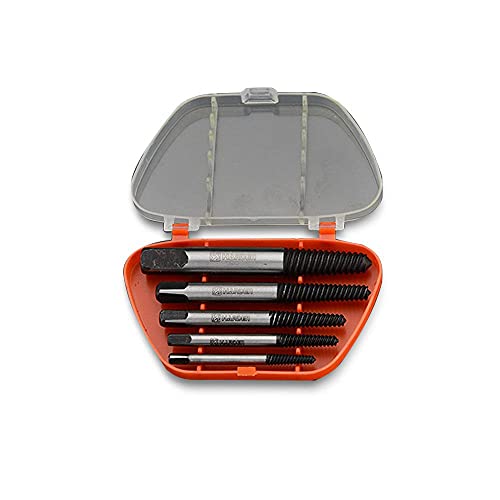Oneal,
Firebrick can be used to make a furnace, or to hold a melting dish.
Note: there are several kinds of firebrick, two types I will mention now,
1. The baked clay type (could come in several colors red white Etc.) used in-home fireplaces (harder and absorb heat and hold heat easily).
2. Then there are very porous fire bricks used as insulation in boilers, furnaces and so on, these are very porous like pumice (volcanic rock full of tiny air bubbles which act as insulator do not absorb or hold heat easily), these bricks (usually white) are easily carved or sawed with hand tools like knife saw Etc.,
Both of these types of bricks have uses, but also when using them to build furnace or small dish furnace you will need to choose the right one for the job intended here for your purpose the second type would serve the purpose.
If you have a couple of dollars, Laser Steve has made some excellent little melting furnaces from two of the second type of fire bricks, carving out the place for melting dish (with space under dish so propane or Mapp gas torch can heat with flame under dish and also keeps the dish from having intimate contact with brick so brick will not act as heat sink and take all your fuel and flame to heat brick, this helps the heat to do its work on metals inside the dish, Laser Steve sold these for about the same price you could buy the bricks for (but he done the work of carving them just for you) It's a great buy from a great guy, while your there maybe order a couple of melting dishes or other supplies you may need,
I miss Steve being on the forum like he used to be we all learn so much from him, (that dirty word (work) has kept him from here as often).
As far as using a ceramic dish or pot for a melting dish (forget that idea) unless you had a furnace that you could control the temperature (raising and lowering at will) the dish would break, also think even then the glaze is like flux, or flux and metal flux slag can act like glaze, the clay in dish used may absorb your metals or they may chemically react with your metals in the melt.
The melting dishes or crucibles we use for melting our values, clay mixes with properties needed not to give you the troubles mentioned, actually these dishes and crucibles are cheap especially if you consider how they are made and the value you can have in the melts we do here.
Incinerations of dirty materials you could use stainless steel, or the white corning ware or vision ware dish,
Not recommended, you can even melt in a wood block (I have used pine and oak) thick so as not to burn through the wood, I have done this with gold and dirty copper metals (the charcoal formed also helps to reduce the copper to metals so heat does not oxidize it).
I have also used a fire brick to melt metal in (dish shape carved in it, or used a stack of sheetrock blocks (it would absorb silver in melt into sulfates so silver is lost into sheet rock), although I may used these for very dirty melts, I have also made some of my own melting dishes from various clays and refractory, I am not recommending any of these methods in this paragraph as they have there own sets of problems, and each has a chemistry involved when using them in the melt, and if you do not understand that you can be losing value by using these.
Gold on glass and ceramics, is a source of gold, using HCl/Bleach to remove gold from them, the gold looks like more on the dish than is actually there, but is easily removed and recovered, I would not do just a couple of dishes, as unless you break the dishes the container or bucket used to leach the gold, and amount of acid you need to soak the dish in is large (plastic dish pan, large glass bowl, or plastic 5 gallon bucket), and you do not want to use a lot of acid for very little gold to dissolve in it (save up a pile of dishes before stripping them).
Torches: with acetylene / oxygen set you have a choice of tip sizes and types, as well as fuel/oxygen settings, using these for there purpose needed is important (whether heating welding melting and so on, also what part of the flame and distance to work is also important in the job your doing.




























































